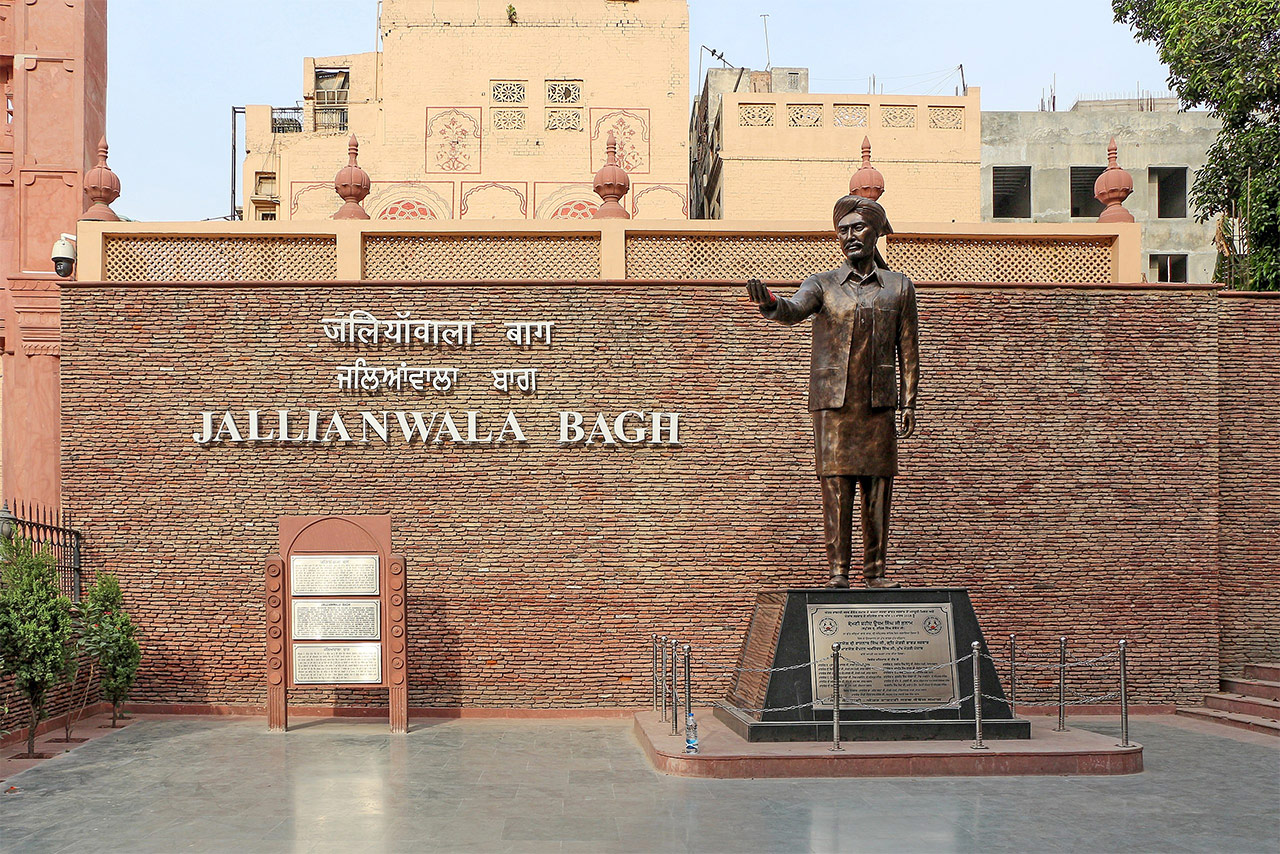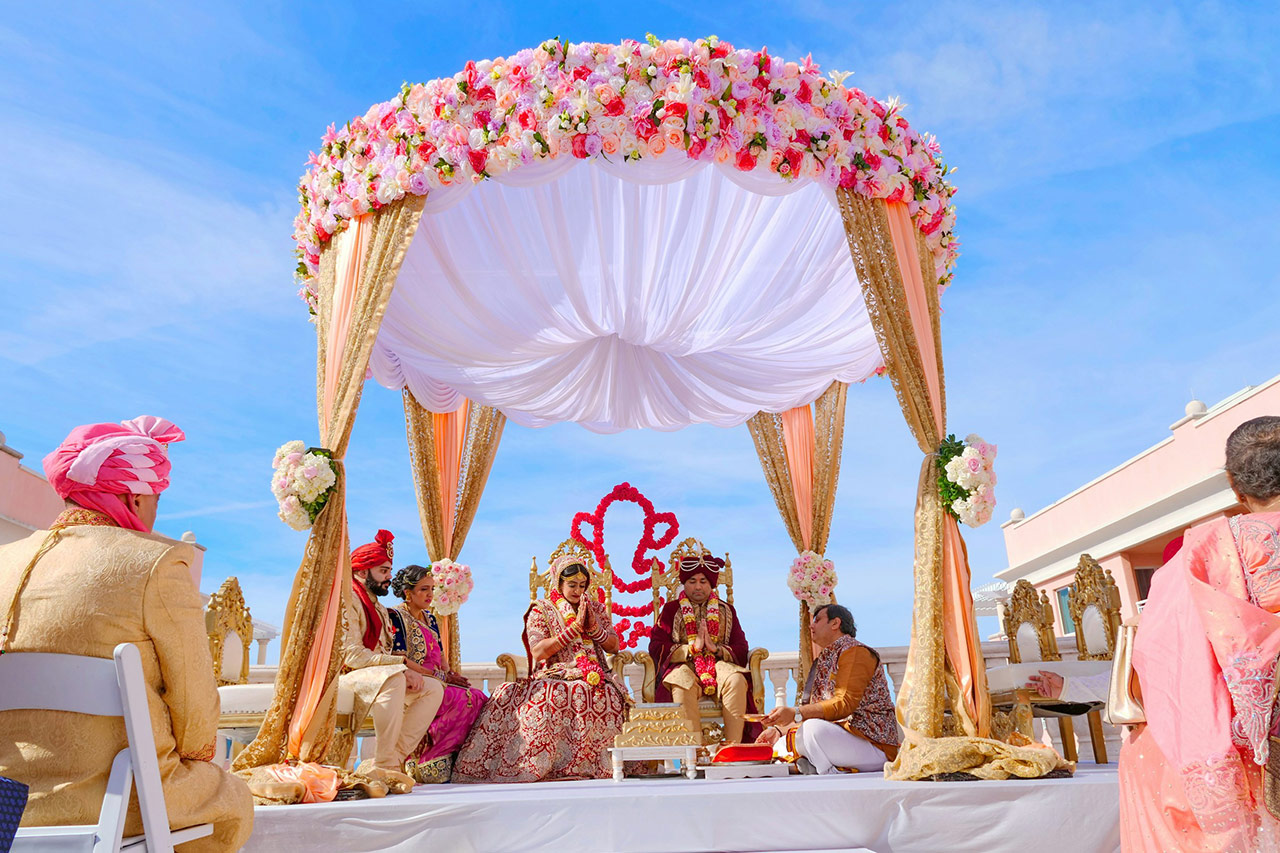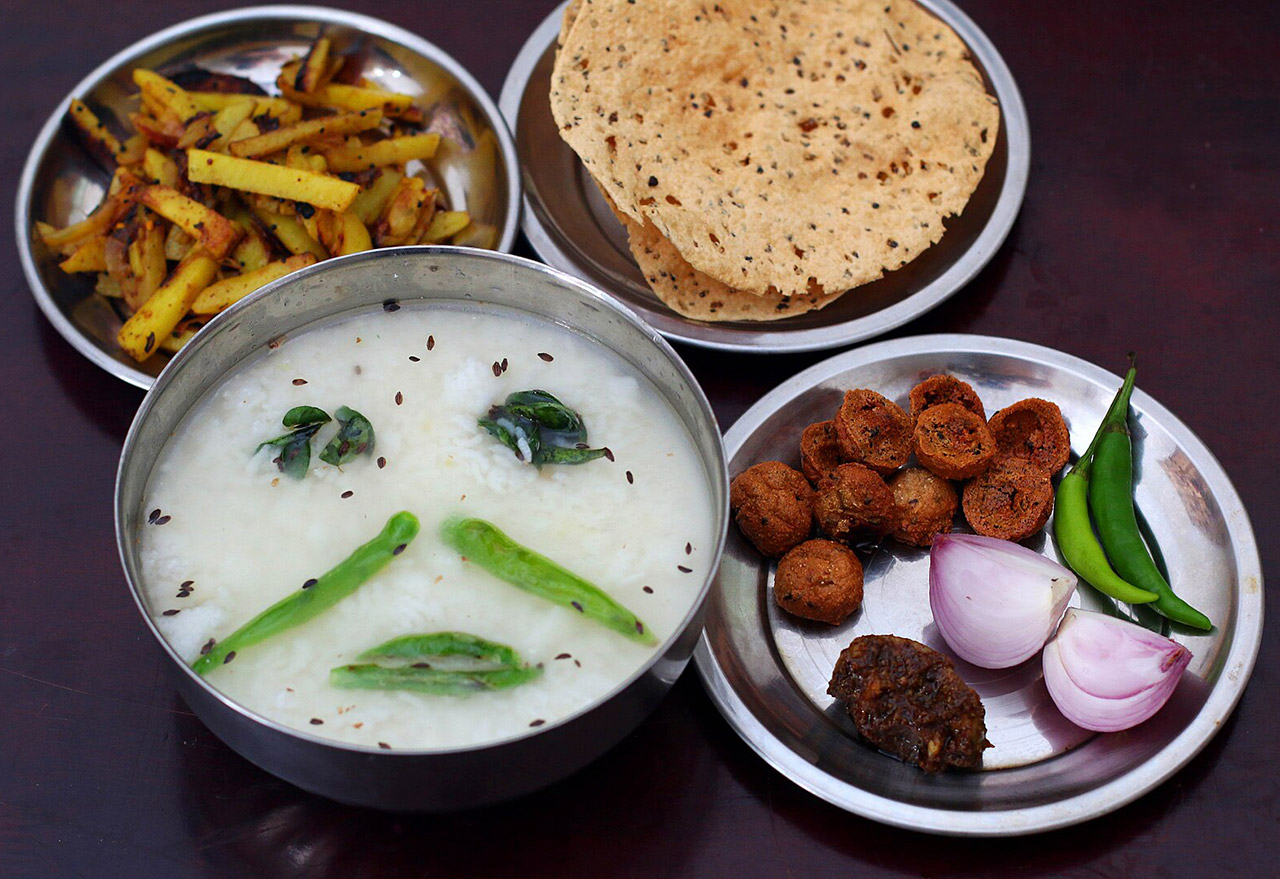
In 1919, on the day of Baisakhi, a large crowd gathered to peacefully demonstrate at Jallianwala Bagh, located in Amritsar. People assembled in Jallianwala Bagh to show their dissent concerning the Rowlatt Act, which was passed by the British Government to tighten its grip over the “ordinary” Indians.
General Reginald Dyer and the British Indians saw this protest as a huge disruption to the peace and stability in the region. Dyer went to Jallianwala Bagh with a unit of British Indian Army soldiers and instructed them to open fire on the peaceful protesters without any prior indication. Also, while giving this command, he directed his men to seal the sole exit entirely. As a result, there was mass carnage as hundreds of people perished while the rest were forced to escape over the walls or leap into the well to survive.
The precise figure of the fatalities is not known, though it roughly ranges between 379 to 1,000 deaths and over 1,200 injured. The incident is regarded by many people as a turning point in India’s struggle for freedom. It caused uproar throughout India and internationally, which further intensified the demand for Indian independence from British rule. This led to widespread protests, and this time, for once, Hindus, Muslims and Sikhs united.
Dyer came under heavy scrutiny for his actions from both India and Britain, which was not common for surgical strikes in India. He was eventually axed and placed in forced retirement. The Jallianwala Bagh massacre is a vivid reminder of British colonial subjugation and policies and one of the many confronts that depicts India’s freedom struggle.
History of Jallianwala Bagh Massacre

The year 1919 marks an alarming and life changing moment as a peaceful get together at the Jallianwala Bagh in Amritsar, Punjab, transformed into one of the numerous dark histories in India’s colonial book. The people had come to commemorate one of the most significant festivities in Punjab, Baisakhi, while there was a need to protest alongside the arrest of the national and world known leaders Dr. Satyapal and Dr. Saifuddin Kitchlew, who were detained for no reason under the recent Rowlatt act.
Same day, Brigadier General Reginald Dyer was tasked with restricting the public from Amritsar for any public gatherings. Notably, this order was not effectively communicated, especially for villagers who were coming to the city. The order was likely in place for many pilgrim-style festivals and many who were visiting Amritsar for Dussehra. The ban was completely unacknowledged as thousands of people were coming together at the Jalliahwala Bagh, a public garden enclosed by walls that is over 10 feet tall, and only a handful of entry points, almost all of which are permanently closed.
Around 5:30 PM, General Dyer, together with 50 soldiers which included Gurkha and Baluchi contingents, marched to the Bagh where he set them at the central gate. Dyer also brought with him 2 armored units with machine guns, but these had to stay behind because the back alleys leading to Bagh were too narrow for cars.
As blockading was underway, Dyer commanded his soldiers to directly assault the crowd in front of them with gunfire without any other instructions. For almost 10 minutes, thousands of rounds of ammunition were showered on what the troops claimed to be the densely populated assembly marketed as a gathering. Around 1200 civilians were estimated to be at the gathering, with British officials claiming and the rest of all fatalities being credited to desensitized Indian estimators and unlicensed records.
While panicking, a great number of people tried to escape but soldiers had blocked all the exits. Some even tried to leap into a well located inside the Bagh in order to avoid the gunfire—afterwards, 120 corpses were retrieved from that well. Later, Dyer defended his actions by claiming that his intention was to “make a wide impression” and set an example.
To add to the chaos, families were unable to aid the wounded or tend to the deceased because a curfew was set earlier than usual. Without proper medical assistance, numerous victims succumbed to their injuries within the next day.
The entire world, along with India, was shaken to the core by the massacre at Jallianwala Bagh. This event drastically altered the public perception towards British rule and significantly accelerated India’s struggle for freedom.
Impact of Jallianwala Bagh Massacre
The Indian massacre’s Affects had an enormous impact on both India and the world. The Jallianwala Bagh massacre also had a few globalization effects as well.
Triggers: As a result of the Jallianwala bagh massacre, there was major outrage across the globe. It led to reintegration of the Indians along with support from the other parts of the world.
World understood violence of Britain: The Jallianwala bagh massacre had gained a lot of presence around the world. Newspapers and political leaders around the world openly criticized British rule. Because of this incident, Britain lost a lot of faith from their citizens and became anti-britainism as well.
Indian National Congress: The INC also known as ‘Indian National Congress’, the primary political party associated with the Indian independence struggle, also turned their attention toward the incident, as they condemned it, alongside issuing a resolution stating that Britain needs to withdraw their rule from India. This initiated the rise of civil disobedience which turned out to be one of the most effective tactics for the Indian independence movement.
Martial Law: In response to the Jallianwala Bagh Massacre, the British government restricted basic freedoms and civil liberties in Punjab, which led to widespread oppression and arrest of political dissidents. This action further intensified the Indian grievances and hatred towards the British.
Impact on Reginald Dyer: The brigadier general was Dyer’s prior rank and he was already under heavy attack for ordering fire on the peaceful gathering. Reginald Dyer, the general who ordered the shooting, also came under severe criticism. He was ultimately compelled to leave the army and, like many others, forced to face the consequences of his actions at the so-called ‘massacre’ by the British government.
On the whole, the memories associated with the Jallianwala Bagh Massacre were deeply troubling, not only for the Indian people and their dreams of a free sovereign state in Great Britain but the British attempts at Empire Building also came under heavy scrutiny. The Opposing nature of the Jallianwala Bagh Massacre can still be felt in contemporary India, where a powerful vision of military and societal control is associated with the tragic consequences of an atrocity inspired by peace.
Remembering the Sacrifices
The consequences of the Jallianwala Bagh Massacre do not only last for a single person but for generations, having witnessed the powerful notions behind the massacre. Following the 1919 massacre, the Indian Congress had established a trust to fuel the tale of loss India had witnessed in order to remain one.
On April 13, 1961, Jallianwala Bagh Memorial was inaugurated by President Rajendra Prasad along with national leaders. The memorial is now engraved with a flame of remembrance that honors all the victims of the incident.
The people who built the memorial strived to showcase the story of the massacre, words that cannot be described. The bullet marks on the walls continue to remain untouched. The well, that many tried to jump into as a means of escaping the gunfire, is preserved and protected as a part of the memorial. Along with the dome of the memorial, these symbols create a living testament of grief and unsurrendered courage.
The Formation of the Shiromani Gurudwara Prabandhak Committee
The event certainly changed the social and political landscape in profound ways. Immediately after, the Sikh community was shocked by the honor given to Dyer’s massacre by the Sikh clergy of Harmandir Sahib. The clergy bestowed Dyer with Saropa, a mark of religious honor for slaying Sikhs. This heavily controversial act went on to fuel protests among students and Sikhs across the country.
On 12 October 1920, there was a student and faculty meeting at Amritsar Khalsa College where the attendees attempted to voice their grievances and sought for reforms. This movement resulted in the forming of the Shiromani Gurudwara Prabandhak Committee (SGPC) on November 15, 1920, with the purpose of minimizing British interference and regaining control over the Sikh shrines. This marked the start of the Sikh reform movement and the broader Indian freedom struggle.
Queen Elizabeth II’s Visit and the Mixed Reception
Even the royal family of Britain was struck by the Jallianwala Bagh incident. Queen Elizabeth II, during her state visit to India in October 1997, made remarks about the incident at a state banquet on 13 October:
“It is no secret that there have been some difficult episodes in our past. Jallianwala Bagh which I shall visit tomorrow, is a distressing example. We all know history cannot be rewritten, we must learn from sadness while we build on the gladness.”
Some parts of India appreciated her sentiment, while others felt like she didn’t apologize. Indian prime minister I.K. Gujral commented on the incident saying we have to understand she did not witness the event.
Queen Elizabeth visited Jallianwala Bagh on October 14, 1997 and observed a moment of silence for 30 seconds. Her dress for the occasion was saffron pink, a color important to both Sikhs and Hindus, and she also took off her shoes in respect of the site. Elizabeth, however, did not escape enormous controversy with her visit. Off Amritsar, a group of protestors waved black flags and yelled, “Queen, go back!”
The disrespect surrounding the event also included Prince Philip reading a plaque that read around 2000 souls were martyred and commenting, “That’s a bit exaggerated… it must include the wounded.” Explaining this statement later claimed it was based on something General Dyer’s son once told him during his Navy days.
The anger towards the British was further fueled with remarks from journalist Praveen Swami who featured in Frontline and blasted the lack of compassion shown by Philip. Claiming the statement made after the visit suggested that the royal family did not care for the death of the 379 people was in some manner appalling to the royal conscience.
This statement is a reminder to us all about the absolute horror the massacre caused which is why it is not optional to remember it.
Conclusion
The sad Jallianwala Bagh Massacre still stands as one of the most phonetically painful sentences in India’s colonial history. It wasn’t merely an act of violence, but rather a striking moment that harshly shook the spirit of an entire country.
The Amritsar soil still resonates with the echoes of that misfortunate, ill-fated day and serves as a reminder to the price of freedom. The blood soaked walls, grief-stricken well, and the undying flame act as symbolic and stern attestors alongside the solemn witnesses.
Not only out of gratitude for history, but for humanity too, these sacrifices need to be remembered. They do not partake in honoring the past, instead imbue its lessons with the present to pave way for the future. The Jallianwala Bagh tragedy is one that is unbearable in pain, on stands of resilience and boundless unity.
FAQs on Jallianwala Bagh:
- What happened at Jallianwala Bagh on April 13, 1919?
General Reginald Dyer ordered his soldiers to open fire on the gently peaceful crowd of thousands in Amritsar’s Jallianwala Bagh, which led to the death of several hundred people while thousands were injured.
- Why were people gathered at Jallianwala Bagh?
People assembled to celebrate the Baisakhi Festival and to oppose the Rowlatt Act.
- How many people suffered casualties during the massacre?
The British government records indicate 379 casualties, while Indian accounts suggest the number may exceed 1,000 with countless others sustaining injuries.
- How did the Jallianwala Bagh Massacre affect the freedom struggle of India?
The event served as a unifying force for all Indians irrespective of religion or region and catalyzed a violent explosion of uprisings against the British.
- Does the Jallianwala Bagh site still receive tourists and visitors today?
Yes, it is now a national memorial that preserves bullet wounds along with a flame of sacrifice and a museum that attracts thousands of tourists every year.
Few Lines about Jallianwala Bagh
- Jallianwala Bagh is a public park located in Amritsar, Punjab, the site for the mass killing on April 13, 1919.
- Women and children along with other people gathered to peacefully protest against British rule and participate in the Baisakhi celebrations.
- General Reginald Dyer instructed his soldiers to seal the exits and fire at the unprotected civilians in the area.
- The shooting lasted for around 10 minutes resulting in the death of hundreds while injuring more than a thousand civilians.
- People tried to shelter themselves from the bullets by jumping into a well which became symbolic of the tragedy.
- The massacre astounded the entire country and marked a significant milestone in the fight for India’s freedom.
- At present, Jallianwala Bagh stands as a memorial that highlights the bravery and sacrifices made by the fighters of India’s freedom struggle.
























